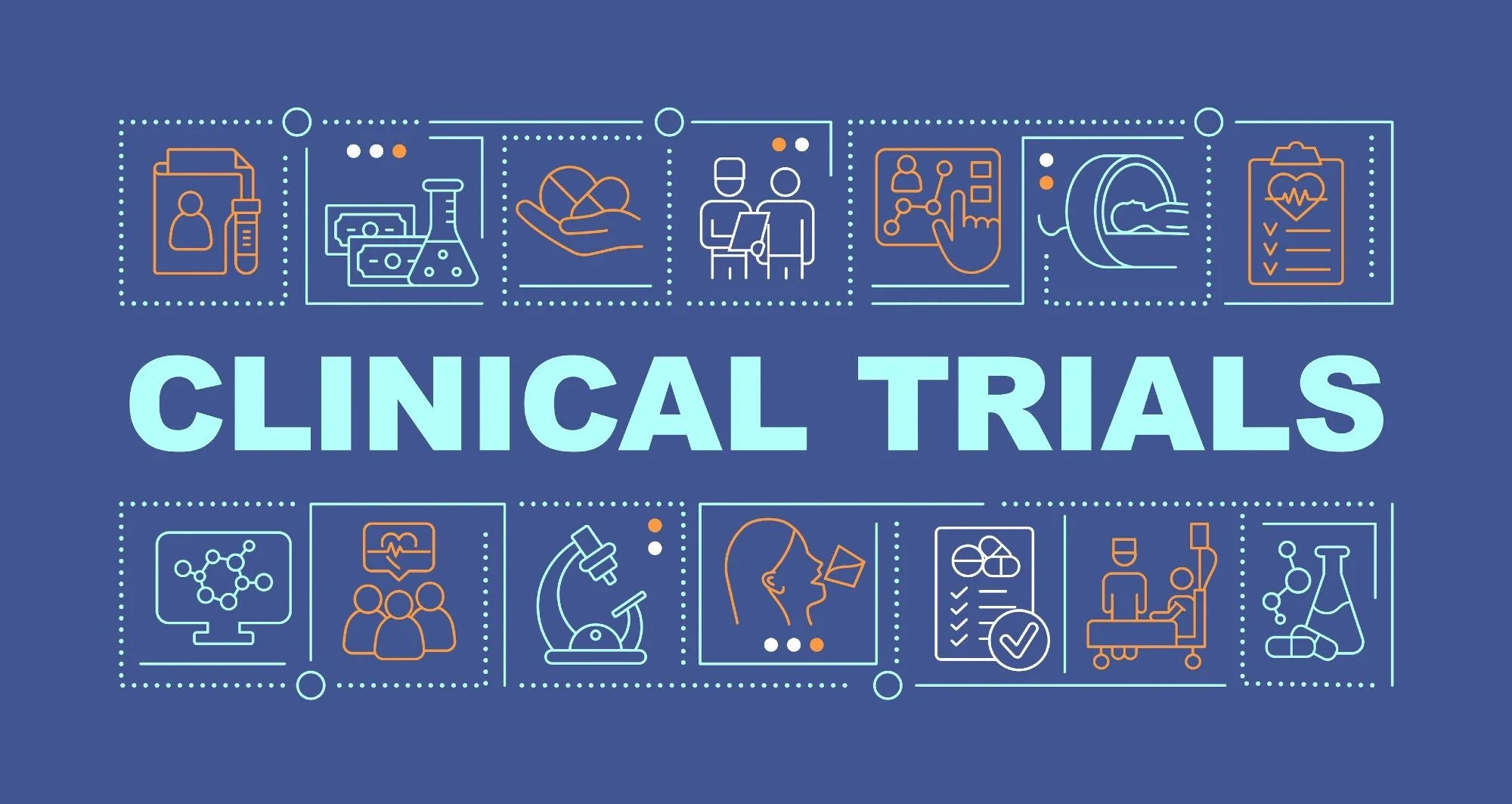
In the world of medical research, clinical trials are like the beacon of hope for people with rare diseases. The clinical trials are like the showdown, where promising medicines are tested on real people, and the efficacy and side effects are understood.
Medicinal trials are conducted for all diseases and medical conditions, but rare diseases need some special attention. If you want to know more about the process of conducting clinical trials for rare diseases, then you are at the right place. In this post, we are going to share everything about the entire process that is followed in the clinical trials.
#1 – Beginning of the Trials
The researchers have to plan everything before the start of the trial. The most important thing is that they must have the prototype medicine ready. Once the medicine is ready, they have to make a detailed protocol plan. The protocol plan contains a ton of rules and regulations before the start of the trials. The protocol has to be approved by the authorities and only then the clinical trials can start.
#2 – Actual Process
The clinical trial may seem slow, but a lot is happening behind the scenes. The participants are being shortlisted, enrolled and given medicines; the researchers keep collecting the data and adjusting the course of treatment regime; there is a lot of action going on behind the scenes.
The trial goes through different phases as there are a lot of things to do at a certain progression. In the first phase, the focus is on making sure the treatment is safe and identifying the right medication amount for the patients. In the second phase, more patients join and in the third phase, the researchers admit even more people in the trials and then collect all the data to be sent for approvals.
Related Posts:
A Great Divide: Sponsors Clash With FDA on Trial Data Excess
FDA Unveils Groundbreaking Rare Disease Guidance Document
Breaking New Ground: AstraZeneca, Roche, Acadia in GCP & AI
#3 – The Final Approval
In the third phase, the researchers collected a huge amount of data. Everything from the patient’s medical history to the body vitals, the researchers have a lot of data to analyse. Using the manual methods and data science, the researchers analyse the data, come to a conclusion and provide the data to regulatory authorities. Once the authorities analyse the data for the second time, approval is provided, and the medication for a rare disease is made available to the public.
Final Words
Clinical trials for rare diseases are very important, and one should know about the entire process. With the importance of finding the working medicine for treating rare diseases, the clinical trials are conducted with the utmost care and precision. In this post, we tried our best to explain the process for the clinical trials that are conducted to test the medicines and treatments for rare diseases.




